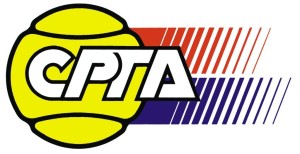
Taylor Fritz – Troubled two-handed backhand 2.0
His groundstrokes are also quite powerful but tend to be mostly a bit less controlled and also less efficient than the groundstrokes of the very best players. In a general sense, Taylor's forehands and backhands have too much of an arm/forearm action while not...



